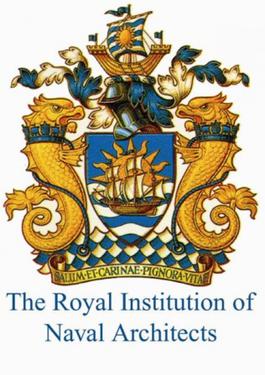The Historic Ship conference, organised by The Royal Institution of Naval Architects, takes places every 2 years and is a significant part of the historic ships event calendar bringing together owners, operators, academics and industry specialists. The conferences started in 2007 and this will be the 7th conference.
Research paper abstract approved.
The Society recently submitted an abstract for a research paper on corrosion on historic ships with aluminium deck house. This has been approved to be developed into a full presentation and paper for the conference. The full abstract can be read at the bottom of this post.
Presenting a paper at an event of this level is a huge step forward in the SS Explorer Preservation Society establishing itself as a viable major restoration project and will raise our profile in the sector.
Papers presented at previous conferences cover a wide range of topics including how to scan and produce 3D and CAD models of ships, problems when supporting a historic ship out of the water on a longterm basis, how to provide access for all on ships, significant milestones in restoration projects. Some of these papers have been used by the society during some of our preservation work and developing the societies procedures.
The conference presentations will also feature as written papers in the conference packs and some of these papers are also published in the International Journal of Marine Engineering.
Background
The Royal Institution of Naval Architects is an internationally renowned and highly respected professional institution and learned society whose members are involved at all levels in the design, construction, maintenance and operation of marine vessels and structures. Founded in 1860 in London to advance the art and science of ship design. With members in over 90 countries and widely represented in industry, universities, colleges and maritime organisations worldwide.
The Chair of the Technical and current Deputy Chair of the Board is an Associate Member of RINA.
Aluminum use in historic ships and related problems as experienced on the SS Explorer
The SS Explorer was a Scottish Government Fishery Research Vessel (1954 -1985) built in Aberdeen. It is all riveted construction with a steel hull and aluminium bridge deck. It has the last British designed triple expansion steam reciprocating engine built in Aberdeen. It was also the first purpose-built fishery research ship in Scotland, and we believe the last steam powered hull of its type still afloat. It is owned by the SS Explorer Preservation Society who are working to preserve and restore the vessel as a museum ship.
Water ingress on the monkey island has been a problem for a considerable time and has caused much damage to the cabins and fabric below. Investigations have found significant corrosion of the aluminium under the wood covered deck. Certain areas were found with large diameter holes and rivet shanks were missing.
Although the use of aluminium for ship building was not new in 1954/5 it was still relatively uncommon. The build contract allowed the use of aluminium, but did not specifically require it.
The paper will explore reasons for the corrosion focusing on:
* The specific aluminium alloys used;
* Chemical corrosion from paints;
* Poultice corrosion because of the design;
* Limited knowledge and experience of aluminium shipbuilding.
The outcome of this paper will hopefully raise awareness of potential issues with heritage vessels which are partly constructed of Aluminium. Furthermore, the paper will look at how further investigation can be conducted and the repairs carried out onboard the vessel

